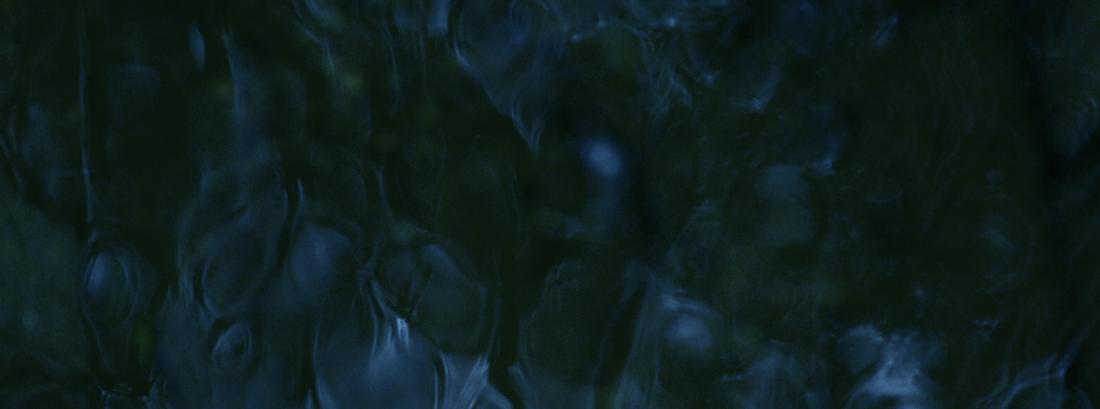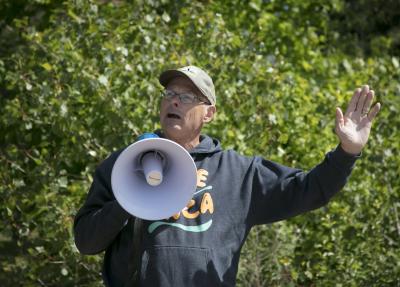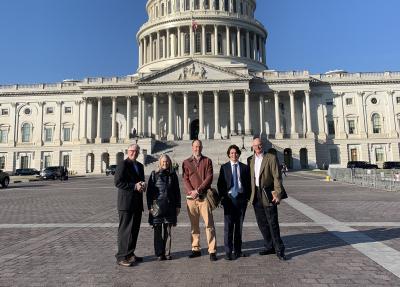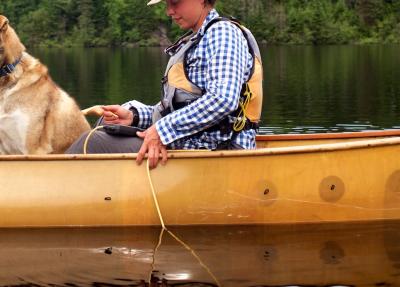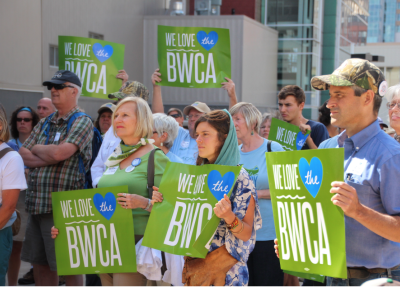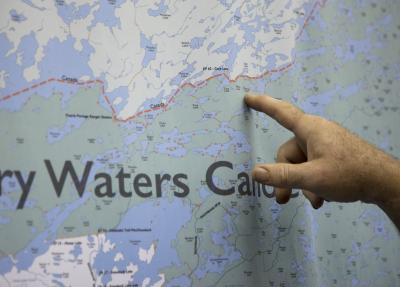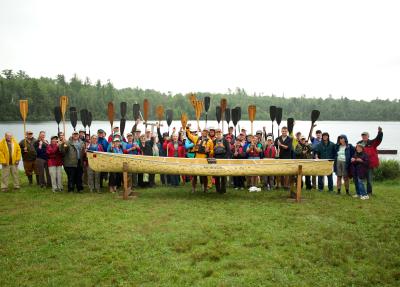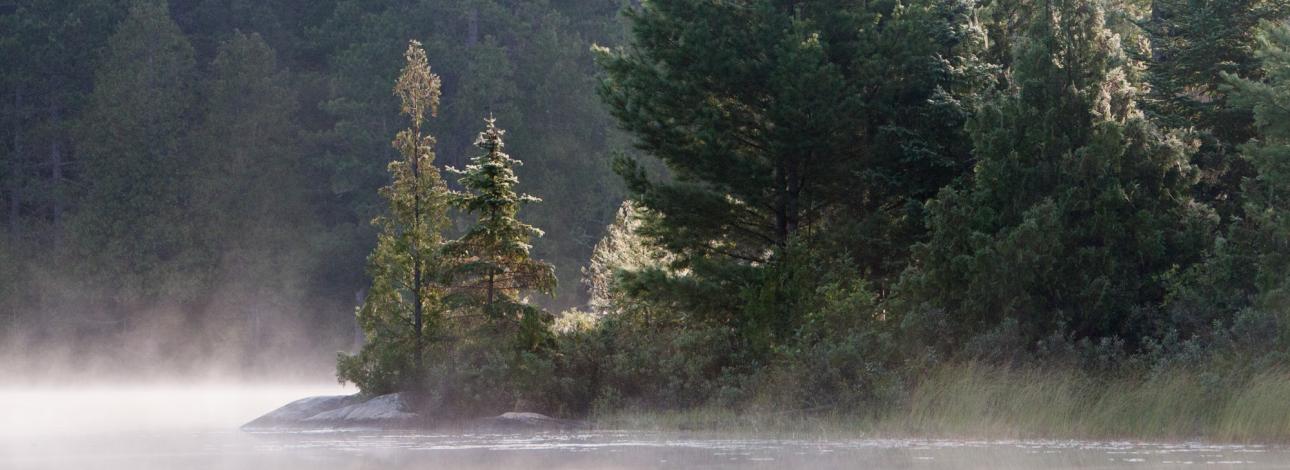
our Work
Save the Boundary Waters is leading the effort to ensure permanent protection for the Wilderness from toxic sulfide-ore copper mining.
Northeastern Minnesotans for Wilderness (NMW), which leads Save the Boundary Waters, was formed in 1996 to continue working to protect the Boundary Waters and other wild places against ever-increasing public and commercial pressures so that the area’s wild character remains intact for future generations. In September 2013, the national coalition, called Save the Boundary Waters, was formed to create a national movement to protect the Boundary Waters from sulfide-ore copper mining. It is led and funded by NMW.
Today, NMW is the largest conservation organization in Minnesota that focuses on protecting and preserving the Boundary Waters and greater Quetico-Superior region.
We are united in our goal
to permanently protect the Boundary Waters Wilderness from sulfide-ore copper mining
together our voices are strong
Supporters across the country asking decision makers to protect the Wilderness
Citizens & experts making our case to decision makers at every level of government
A coalition of businesses, conservation, and hunting & angling organizations collectively reaching millions of people
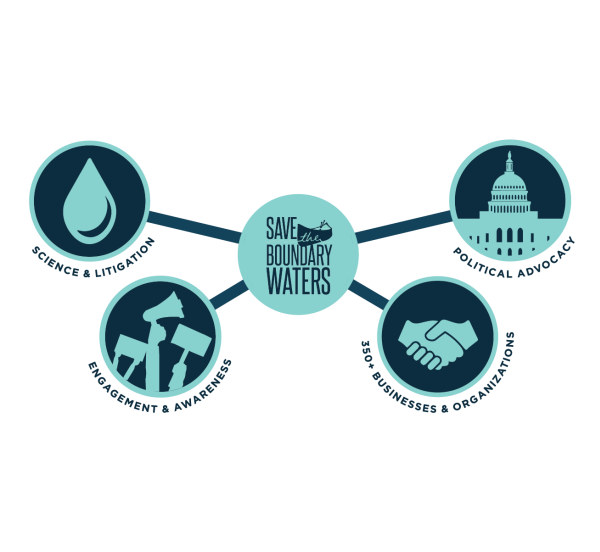
Our Multi-Prong Approach
Northeastern Minnesotans for Wilderness
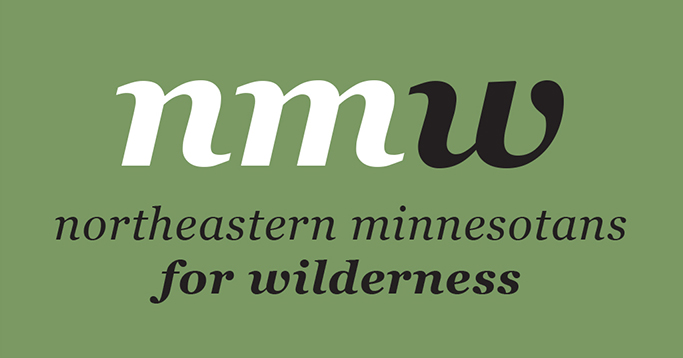
Save the Boundary Waters is a program of Northeastern Minnesotans for Wilderness (NMW). NMW was organized in 1997 by residents of the Ely, Minnesota, region to protect the integrity of the Boundary Waters Canoe Area Wilderness (BWCAW).
We are an ever-growing community of paddlers, campers, hikers, anglers, mushers, skiers, snowshoers, business owners, visitors, and locals who are working together in a non-partisan way to permanently protect the Boundary Waters Canoe Area Wilderness.
We unite people to advocate for the protection of wilderness and wild places, especially the Boundary Waters Canoe Area Wilderness and the greater Quetico-Superior Ecosystem.
We envision a future where people understand the value of wild protected lands, and are unified to forever protect the greater Boundary Waters Wilderness and the greater Quetico-Superior Ecosystem as vital components of a healthy and resilient planet.
Education - Guided by sound science and policy, we educate people and leaders about the value of the Boundary Waters, the greater Quetico-Superior Ecosystem, and their wilderness character.
Collaboration - We value a network of coalition partners, and the mutual benefits of developing diverse, respectful relationships among businesses, organizations, agencies and other allies.
Local Roots - We value the knowledge of local issues, drivers and trends that develops from being a national organization grounded by local leadership.
Leadership - We provide local and national leadership for the Boundary Waters and the greater Quetico-Superior Ecosystem to the conservation movement, and are unwavering in our advocacy efforts and in building the next generation of wilderness protectors.
Inclusion - We believe the Boundary Waters, the greater Quetico-Superior Ecosystem, and other wild places, and the movement to protect them, should be accessible and open to everyone, and we value the perspectives that emerge from building and engaging a diverse community of advocates.
Sovereignty - We recognize Indigenous peoples as the longest standing stewards of the land, and strive to honor their inherent sovereignty, and treaty rights, and seek to effectively advocate for Indigenous values in protecting wilderness and public lands.
Sustainable Economy and Prosperous Communities - We strive to play an active role in supporting sustainable, prosperous wilderness-edge communities around the Boundary Waters and the greater Quetico-Superior Ecosystem, recognizing the unique qualities these communities offer alongside these iconic public lands.
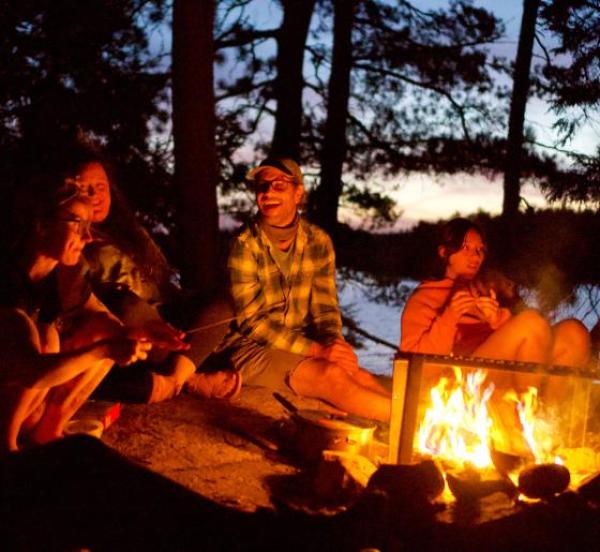
Our commitment to Diversity, Equity and Inclusion and Justice
Common questions about Save the Boundary Waters
Save the Boundary Waters is a national coalition of 400+ businesses, conservation and hunting & angling organizations and other allies united to protect the Boundary Waters Canoe Area Wilderness and Voyageurs National Park from sulfide-ore copper mining proposed in the headwaters of these treasures.
Northeastern Minnesotans for Wilderness formed and leads this coalition and is based in Ely, Minnesota, the gateway to the Boundary Waters. Check out our Partner Organizations.
Proposed sulfide-ore copper mining on the edge of the Boundary Waters is indeed a threat to waterways along the international border and into Canada. This includes Canada’s Quetico Provincial Park to the north of the Boundary Waters Canoe Area Wilderness. The eventual flow of these waters is to Lake of the Woods and ultimately to Hudson Bay in northeastern Canada. Read more about about the trans-national threat of copper mining pollution, international treaties, and First Nations Indigenous communities' concerns about copper mining in this region.
Canadian people, First Nations Communities, and the Canadian government are taking steps to protect these waterways, but the U.S. still needs to act. Major decisions about the Twin Metals mine will be made by the U.S. government.
Since 2012, Northeastern Minnesotans for Wilderness has built and led Save the Boundary Waters - this national effort to permanently ban sulfide-ore copper mining on public lands in the watershed of the Boundary Waters. Twin Metals' proposed mine would be in the headwaters of the Boundary Waters, along Birch Lake and the Kawishiwi River which flow into and through the heart of the Boundary Waters and Voyageurs National Park.
PolyMet is a different highly controversial copper mining project proposed in the watershed of Lake Superior. We oppose the PolyMet project and have worked for years alongside other groups in Minnesota to prevent it. The effort to stop PolyMet is ably led by other groups focused primarily on that mission. Because the two mining projects are governed by different sets of laws and government agencies, the strategies for preventing copper mining in either place are necessarily completely different and, not to mention, each is a huge undertaking!
While we focus NMW’s/Save the Boundary Waters' resources to prevent a Twin Metals mine (and other sulfide-ore copper mines, such as Encampment and Teck) on the edge of the Boundary Waters and secure permanent protection from this threat, we collaborate with groups focused against PolyMet. This strategic division of labor is effective, and collectively the community is working to protect all of Minnesota's precious land and waters from threats like copper mining.
The Boundary Waters region is the homeland of the Anishinaabe people.
Tribes have a role as sovereign governments and are involved in the work to protect the Boundary Waters from copper mining. In 2016, three band of Minnesota Chippewa (Fond du Lac, Grand Portage, and White Earth) and one Canadian First Nation (Lac La Croix) requested that the U.S. federal government ban sulfide-ore copper mining on federal public lands on the U.S. side of the Rainy River Drainage Basin.
In 2020, the Minnesota Chippewa Tribe (consisting of 6 Minnesota Chippewa Bands) stated its support for legislation introduced in the U.S. House of Representatives by Congresswoman Betty McCollum that would ban sulfide-ore copper mining on federal lands in the Rainy River Drainage Basin, part of 1854 Ceded Territory.
Read more about Indigenous people in the Boundary Waters region, historically and today.
